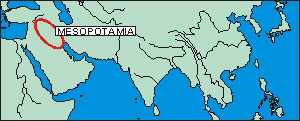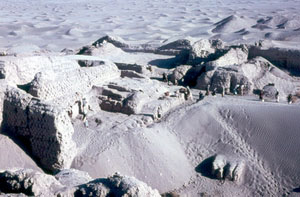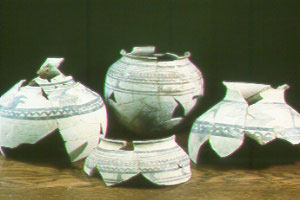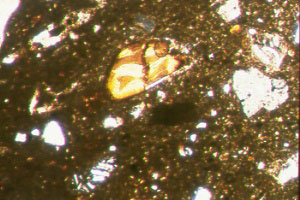Tigris-Euphrates Ceramics
Trade, industry and technology in ancient Mesopotamia
The issue of concern in this study is the development of industry, trade and technology from their very beginnings and well into periods of full development, with the ultimate objective as the fuller understanding of these phenomena. The focus region of this study is that of Mesopotamia, one of the earliest regions to develop these attributes, and where in the medieval period we see one of the world's foremost centres of their expression. The specific industry that is considered is that of pottery-production. There are two main reasons why pottery (ceramics) is important. Firstly, because clay is easy to shape and decorate, pottery always reflects contemporary tastes and cultural ideals. Different shapes and decorations were used at different times, by different people, and for different purposes. So by studying pottery, archaeologists can date their sites and say a great deal about ancient cultures. The second reason pottery is important is because unlike metals and glass, pottery cannot be melted down and re-used — once broken, it is thrown away. Also, unlike metals, it can not corrode, and unlike wood and other materials, pottery cannot rot. Hence it is generally the most common find on a particular archaeological site, and in some cases it may be the only artifact found at a site. So although pottery may not have been an important artifact to the individuals that made the wares, to archaeologists it is a tool for dating and contextualizing cultures, and it is also required to provide the data by which general inferences regarding trade, technology and industry are commonly derived.
The approach of this study is to use a type of physical analysis, petrographic microscopy, to study the bodies of the pottery. This enables identification of the rocks, minerals, and other inclusions found inside the ceramic body. One of the results of this is that it produces a profile of what pottery from a particular site looked like, a "fingerprint" that identifies pottery made at that site even if the pottery vessel itself was found at a very great distance from where it was made. An obvious application of this is to understand what trade took place in the ancient world. Although the trade may have included a large variety of materials and goods, pottery may be the only aspect of this trade that is preserved. A further aspect of this information is the insight it provides on the level of industrial development, as it will show whether the pottery was made in different households, or workshops, or even manufactories. Another result of this form of analysis is information on the technological development of the pottery, including how the bodies were processed, what additives were included, and how the pottery was made.
The application of this type of research in this case is to provide greater understanding of trade, industry and technology in the Tigris-Euphrates basin, centred on the ancient region of Mesopotamia. The period of study covers a long time range, from the very beginnings of pottery production, through early city-states and great ancient empires, up to the Mediaeval period. This covers the ceramic industry from a primitive product made in the home, to a massive technologically dynamic industry with products which covered the entire Old World from western Europe to east Asia. Not only is the region pivotal for understanding early cultural development, the region also provides the longest historical record available, a record which has a heavy economic content. As such it will provide a valuable insight into the relationship between trade, technology and industry, and the changing economic, social and political forces that took effect over time. Hence it should be of interest to anyone concerned with these issues, including not only those involved with the past, but also those involved with the present.
This research has been funded in part by grants from the Social Sciences and Humanities Research Council of Canada and the Royal Ontario Museum

Location of Tigris-Euphrates basin

Nippur, Iraq

Ceramics from Godin Tepe, western Iran

Thin-section of ceramics from Euphrates (width of field 1 mm)
|